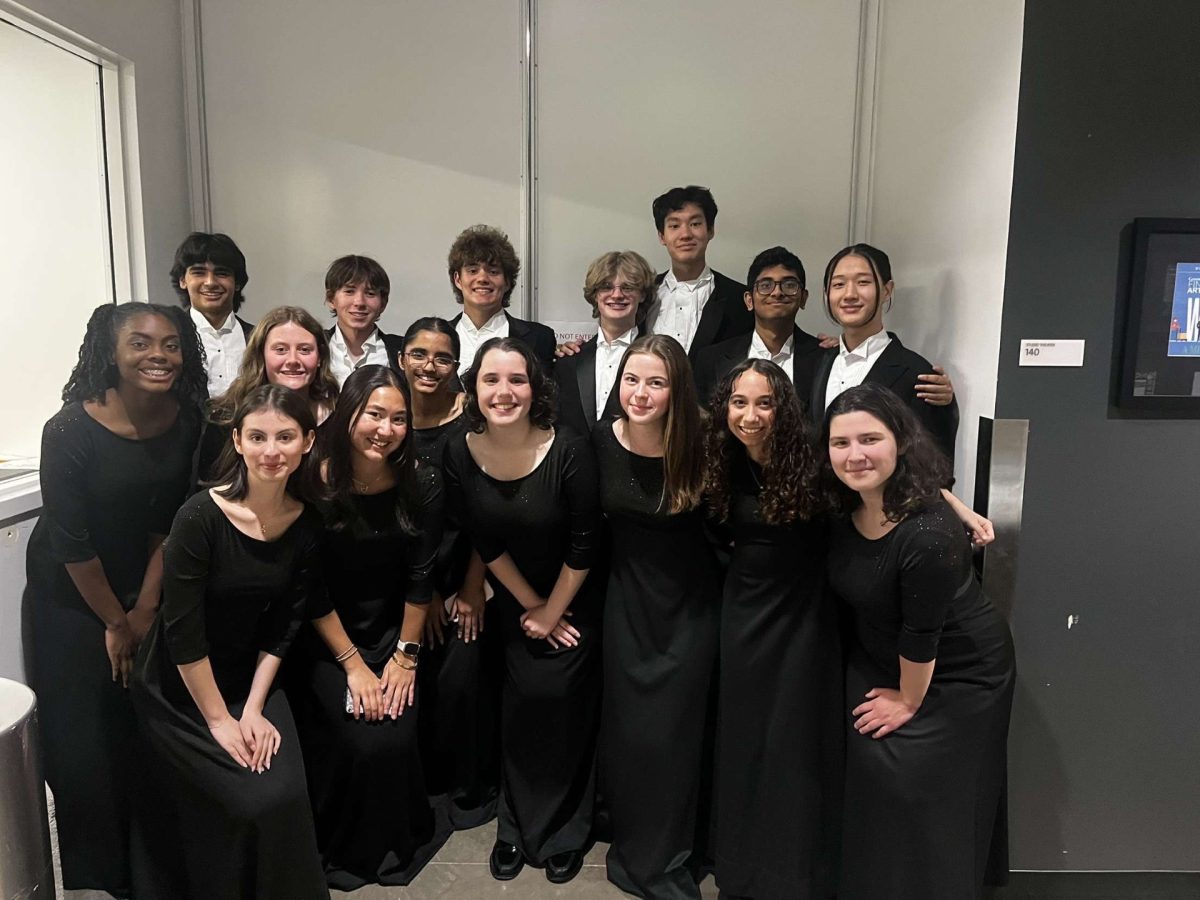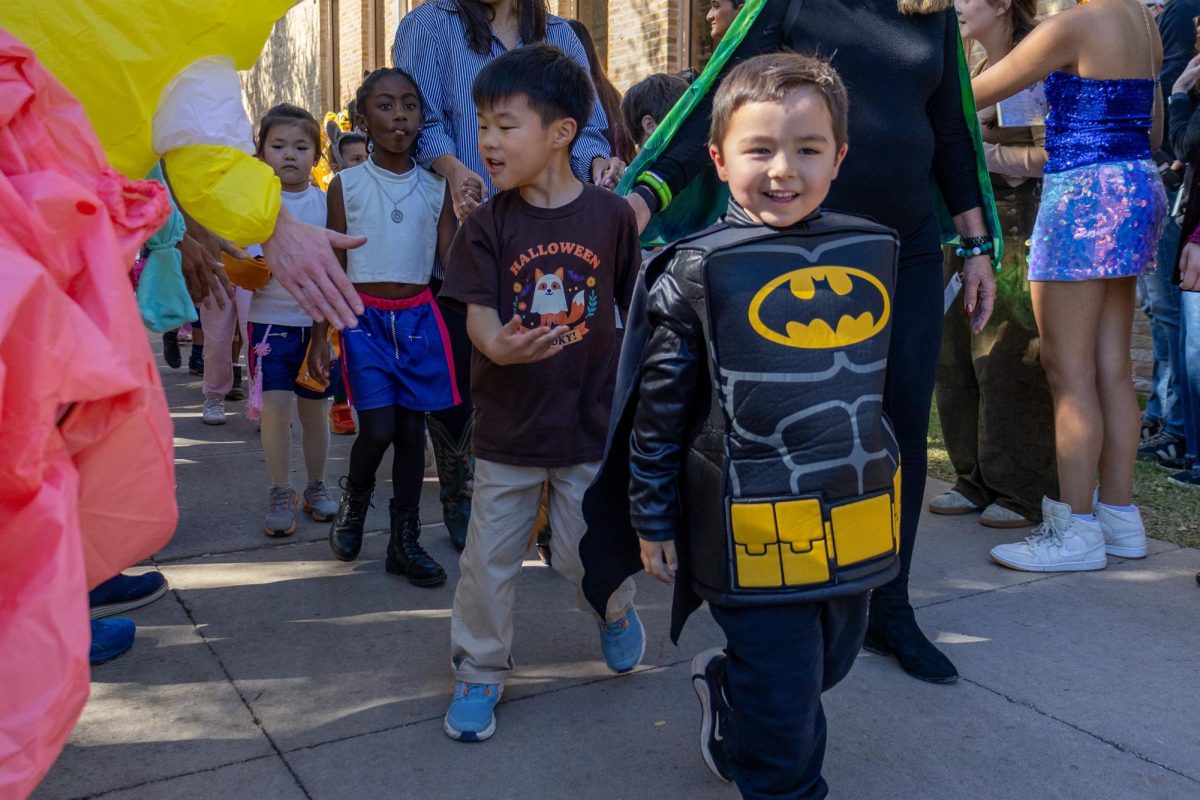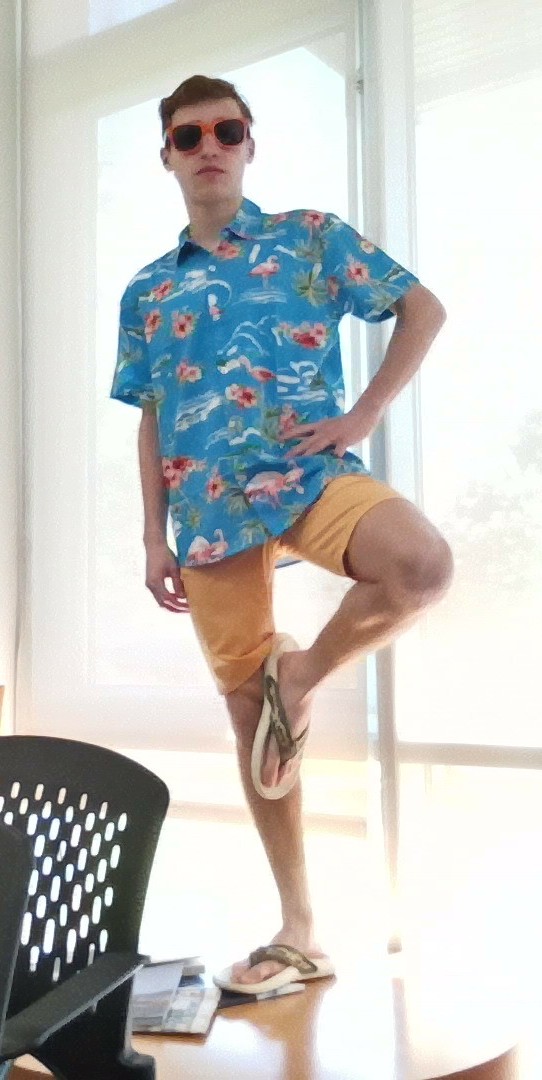The Greenhill Theatre Department will present Arthur Miller’s The Crucible, a classic American play exploring mass hysteria, power struggles, and moral integrity, on April 24 and 25.
Upper School Theatre Director Valerie Hauss-Smith selected the play for its literary significance and relevance to contemporary issues.
“Miller is one of the few American playwrights who truly reshaped the landscape of American theatre,” Hauss-Smith said. “And The Crucible is particularly timely. While it centers on the Salem witch trials, it also reflects elements of today’s world, where ideological conformity and misinformation still pose serious threats.”
Hauss-Smith said the play offers both students and audiences a chance to reflect on moral courage in the face of social pressure.
“Would you name someone else to save yourself, or would you be willing to face death for telling the truth?” she said. “That’s the essential question this play asks.”
The decision to stage The Crucible was also influenced by strong student interest, Hauss-Smith said. With over 30 students participating, the production’s unusually large cast allowed for 26 roles, some of which are double cast.
Casting involved group readings and individual monologue performances.
“We read the play aloud together, line by line, so everyone understood what was happening,” Hauss-Smith said. “Then we held discussions—especially about how to thoughtfully portray certain characters, like Tituba, who is historically a slave from Barbados.”
One of the most distinctive aspects of this year’s production is its staging. For the first time, the play will be performed “in the round,” with the audience seated on all four sides of the actors.
“This format adds a layer of complexity,” Hauss-Smith said. “We have to move the actors constantly so every audience member, no matter where they’re sitting, has a clear view. It’s like a different play depending on your seat.”
The technical aspects have also required creative problem-solving. Without the use of traditional sets, the production relies on lighting, sound, and minimal props to transition between scenes.
“Everything is simplified,” Hauss-Smith said. “You have to suggest a forest or a jail without fully building it. The acting has to carry the story.”
Junior Syrus Gupta, who plays John Proctor, said the experience has been both demanding and rewarding.
“This is my first time having so many lines, and it’s been a little stressful trying to keep up,” Gupta said. “But it’s also fun, because it’s something different that I feel like I can really learn and grow from.”
Gupta described rehearsals as intense but enjoyable, mentioning weekend sessions—with donuts—as a highlight.
He also emphasized the importance of vocal technique.
“It’s not just memorizing lines,” he said. “You have to control how you breathe, how you project from your whole body—not just your chest. There’s a technique to it that people don’t always see.”
Hauss-Smith praised the cast and crew for their creativity and dedication.
“It’s a crazy play with witches, paranoia, imagined visions—and our cast, designers, and tech crew are doing a phenomenal job,” she said. “I can’t wait for people to see what we’ve created together.”



